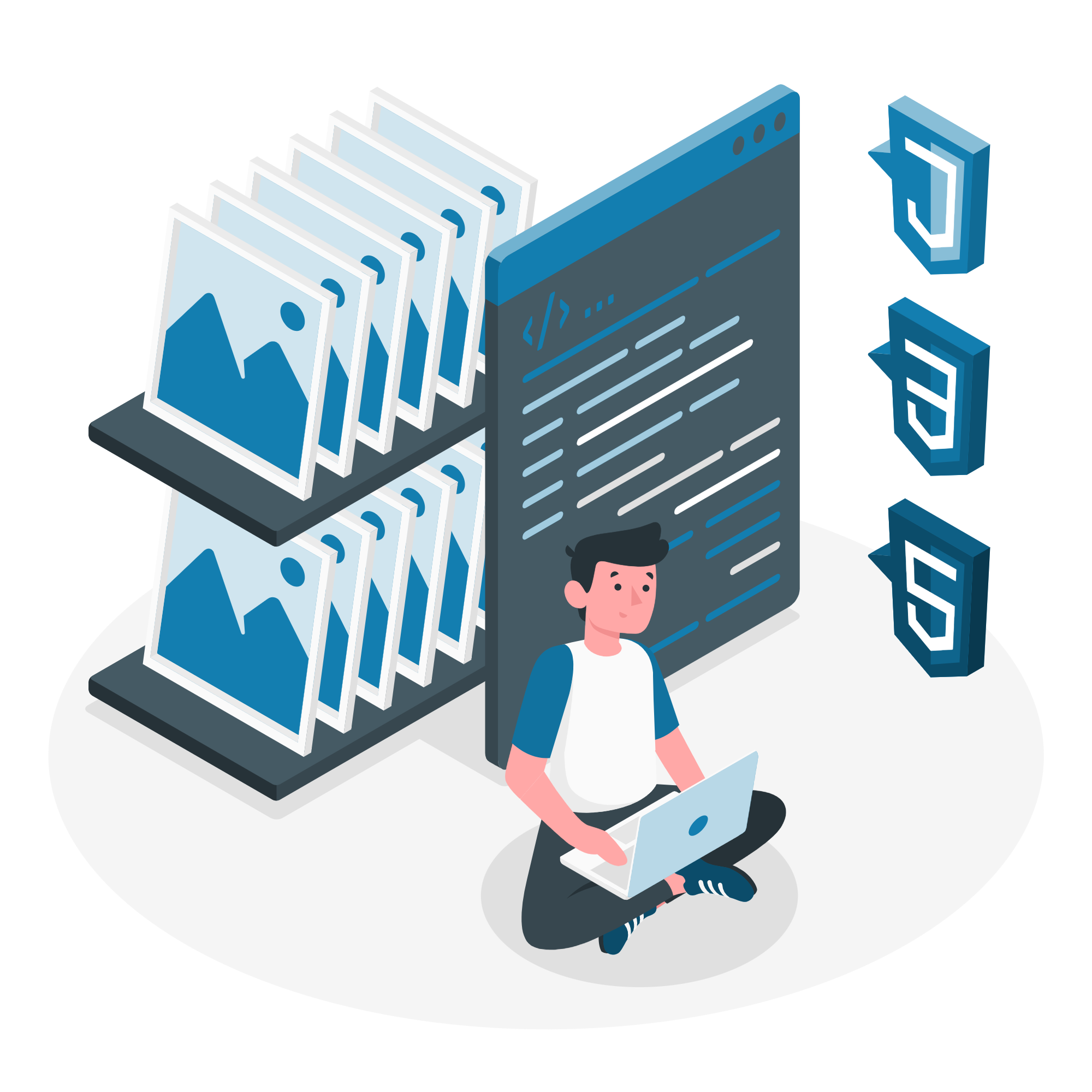Ensure High Availability of Your Services
Asset Management
Asset Information
management ensures the integrity of your data across systems and the associated
people during the lifecycle of an asset from design, commissioning, handover,
operations and de-commissioning. A key function involves sharing of information
so that all parties have the current document. It also includes the ability to
audit who accessed, altered or deleted a document Asset Information Management
allows you to define the structure of your asset, including metadata, and
implement revision control on your asset items. A full history of your asset
items is easily accessible and links to all related documentation.
Asset Breakdown Structure
Build up your asset structure or bulk load the structure from third-party systems. It supports all breakdown structures including system, package units, corrosion loops,
Read MoreBuild up your asset structure or bulk load the structure from third-party systems. It supports all breakdown structures including system, package units, corrosion loops, and tags. Moreover, elements can reside and be part of systems and locations at the same time. No matter which tree you walk down, you will find the items you are looking for. Finally, all related documents, drawings, and correspondence items are directly visible in the asset item screens.
Structured Documentation Delivery
There are many advantages to defining an asset breakdown structure at the start of the project phase. Not least, the significant time and cost savings when supporting
Read MoreThere are many advantages to defining an asset breakdown structure at the start of the project phase. Not least, the significant time and cost savings when supporting the As-Built, Commissioning, and Handover stages. Although Operations are usually not the direct concern of the EPC contractor, proper handover to the client can help you win the next contract.
Asset Item Revision Control and Check-out/Check-in
Revision control can be activated depending on the stage of the asset item. Doing
Read MoreRevision control can be activated depending on the stage of the asset item. Doing so will force the controlled check out of the asset item. Subsequently, any changes are logged and controlled. Revision control guarantees a full audit history of all changes to the asset. Additionally, only authorized staff can create new revisions


Pricing Features
Frequently asked questions
The 3 methods most commonly used to manage asset management include 1) Manual organization with spreadsheets and process agreements 2) DAM (Digital Asset Management) Software purpose-built for managing your assets or 3) Asset management tools provided with centralized storage systems.

Asset Management Web Application
Asset Management Web Application


1500 Satisfied Users Over The Globe
HRM Cloud Application is a powerful solution for processing all of our payroll calculations in an easy and error-free way. Another great thing that I like about HRM Cloud.
It helps discover, track, and manage IT assets in a single console. IT teams can leverage a variety of scanning techniques to discover workstations, network devices, servers, and more. Visual workflows can automate every stage of the asset life cycle.
Asset Management Web Application
₹18000
Fast project turnaround time, substantial cost savings & quality standards.
- Asset Management Web Application











